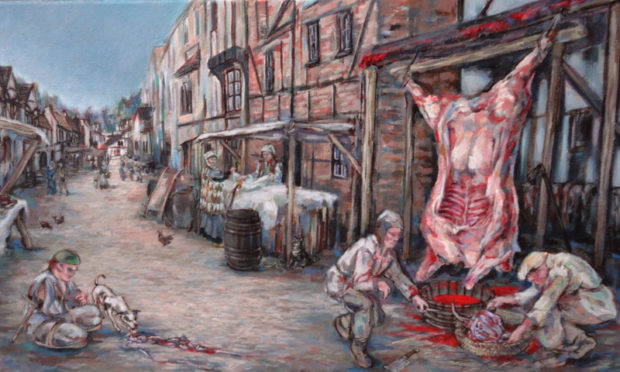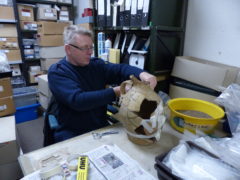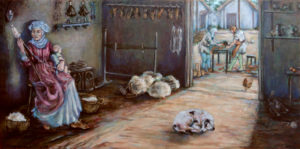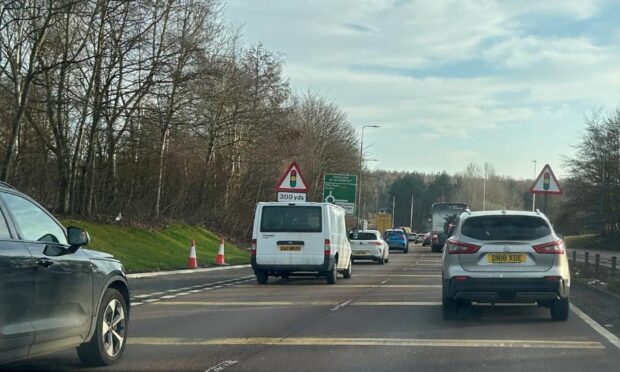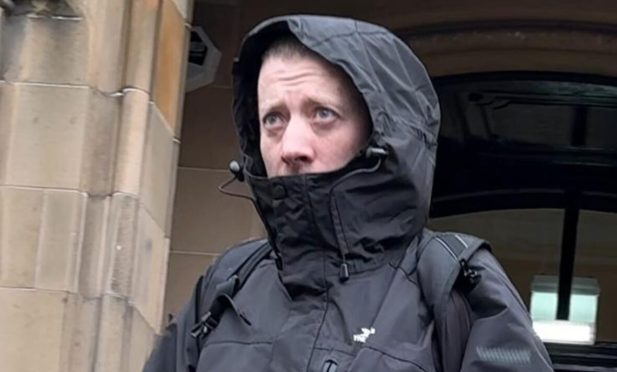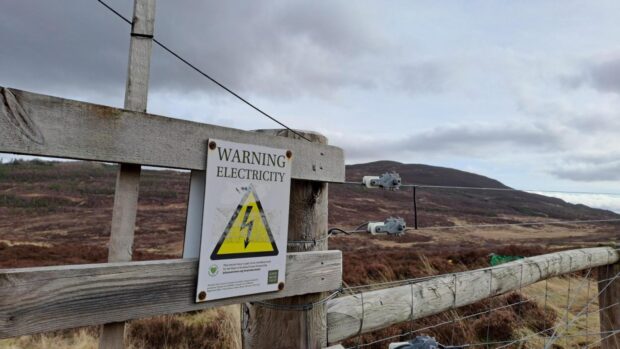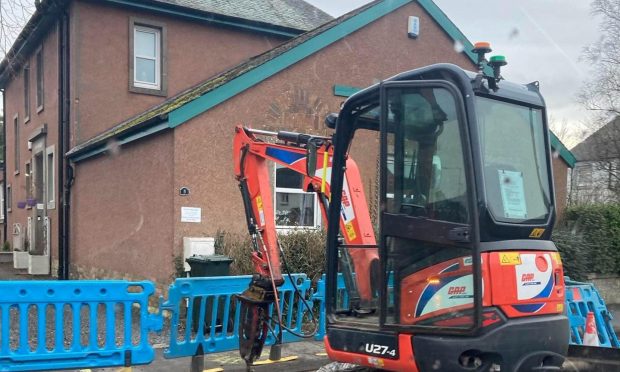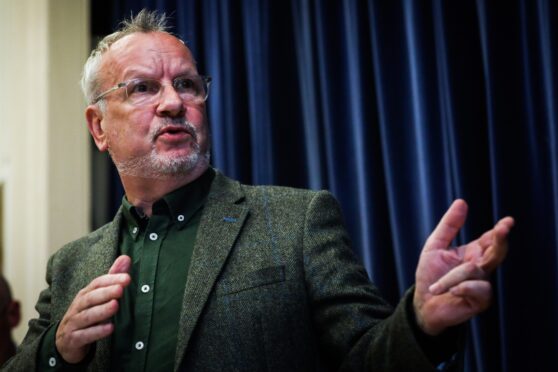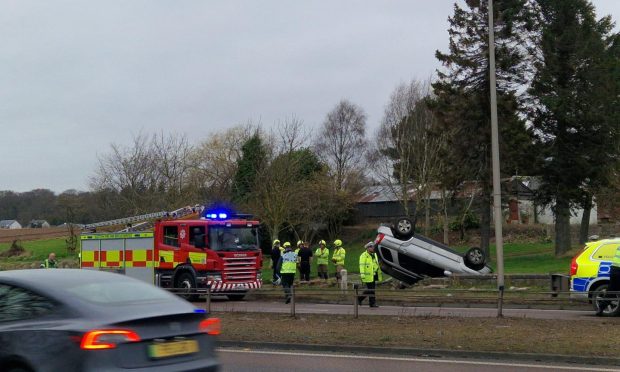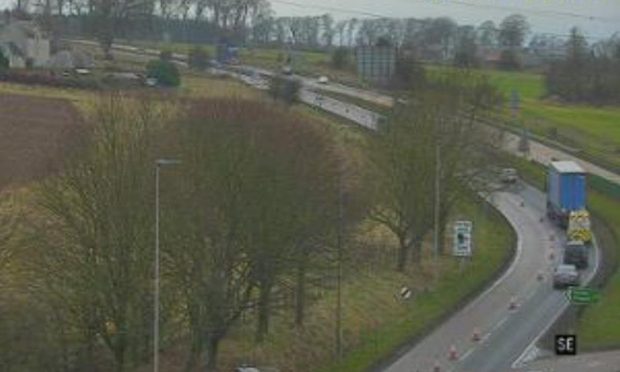Times are often said to be tough in austerity Britain.
But spare a thought for the inhabitants of medieval Perth – after new evidence suggested they may have been forced to eat cat.
Bones from a cat skeleton, featuring the distinctive marks of a butcher’s knife, were found as part of a dig carried out before the renovation of the Perth Theatre building on the High Street.
The paper also contains evidence of horse bones found with the same tell tale knife marks, as well as the remains of more traditional fare such as beef and mutton.
A selection of pottery and clothing shears were among the other items found in the dig, which regulations stipulate had to be carried out before the theatre renovation work began.
Archaeologist and study co-author Catherine Smith said: “The meat was definitely taken off this animal. It wasn’t done accidentally. It is not written about in any of the sources. We don’t know exactly what this was used for. It may have been fed to dogs, but it is possible that as a result of hardship this meat was eaten.”
She said it wasn’t unusual to keep cat in the medieval market place.
“But they were mostly killed and skinned for their pelts, which were used in the lining of clothing and on collars,” Mrs Smith added.
The Tayside and Fife Archaeological Committee (TAFAC) published the study ‘Treading the Boards. An archaeological evaluation and watching Brief at Perth Theatre’ online this week.
The work was completed in 2015, prior to the demolition of the part of the building known as the Red Rooms, but has only been published now.
The section entitled ‘evidence of butchery’ states: “Cat humerus bore numerous knife cuts at its proximal end at the joint between the humerus and the radius. Possibly these cuts are related to skinning but use of the meat cannot be ruled out.”
Cat lover Mrs Smith, whose two pets are called Jim and Biters, said she has been using the findings as part of her public engagement work.
“When you entitle a presentation there’s more than one way to skin a cat then you know what you’re going to get. When you tell them, there’s usually a ripple of ‘oohs’ and ‘ahs’. They don’t like it but they are fascinated.
“You have to be very careful with school kids.”
Mrs Smith, from company Alder Archaeology, said the back of the theatre fell on one of the “rigs” — strips of land where merchants manufactured their wares, kept animals and grew food.
TAFAC evolved from a support group set up to fund and organise the famous Perth High Street archaeological excavations in 1970s. Its main objectives are the dissemination of information through journals and conferences.
